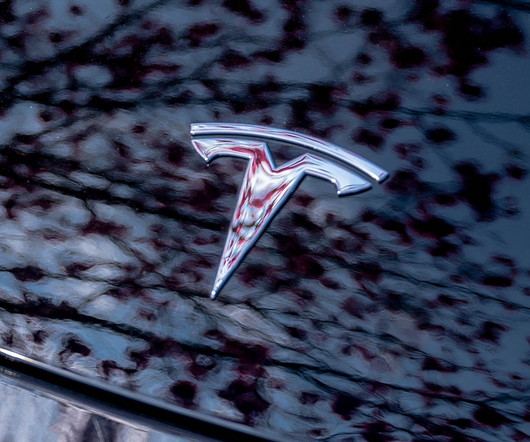International automotive researchers emphasize the importance of continued development of the internal combustion engine
Green Car Congress
OCTOBER 9, 2019
The authors assert that “zero emissions” BEVs will not replace IC engines in commercial transport to any significant degree because of the weight, size and cost of the batteries required. Other areas of importance include: Engine after-treatment. Engine and vehicle control.
















Let's personalize your content